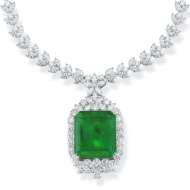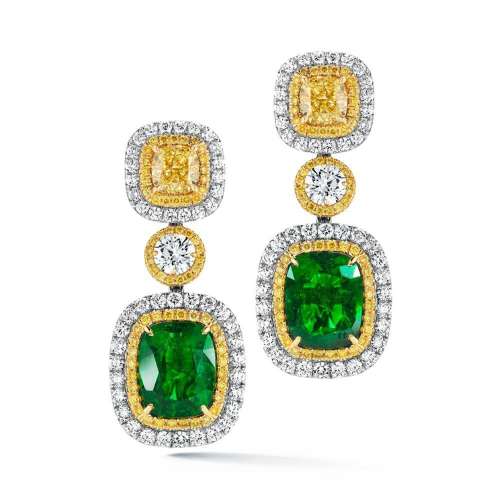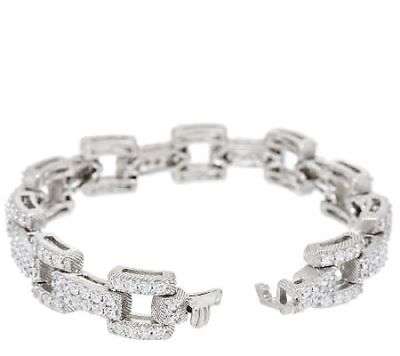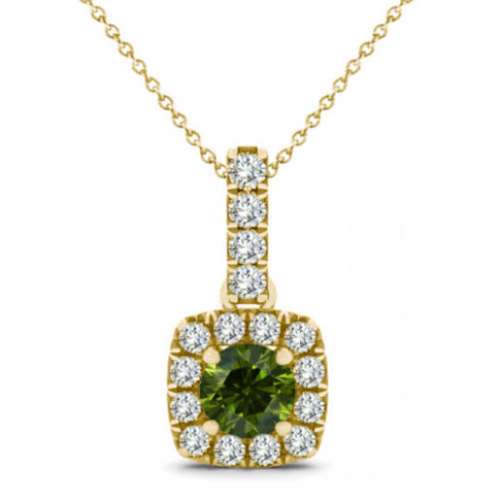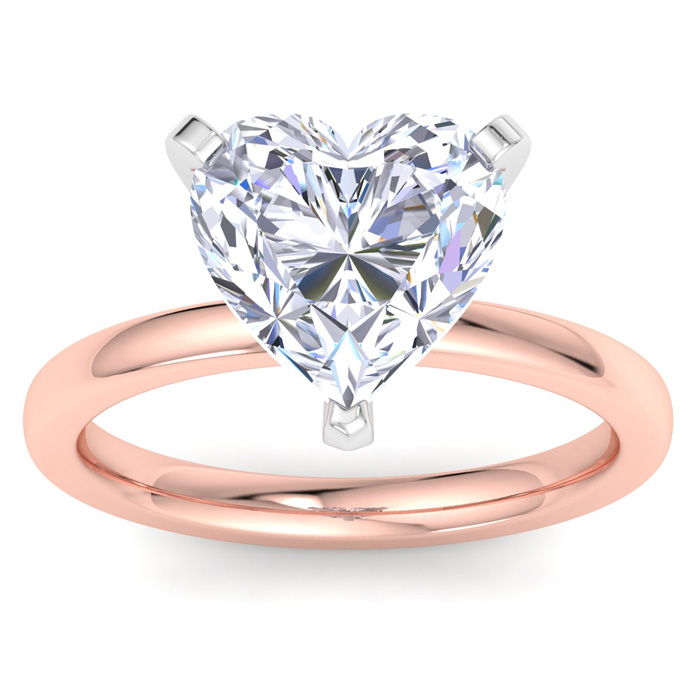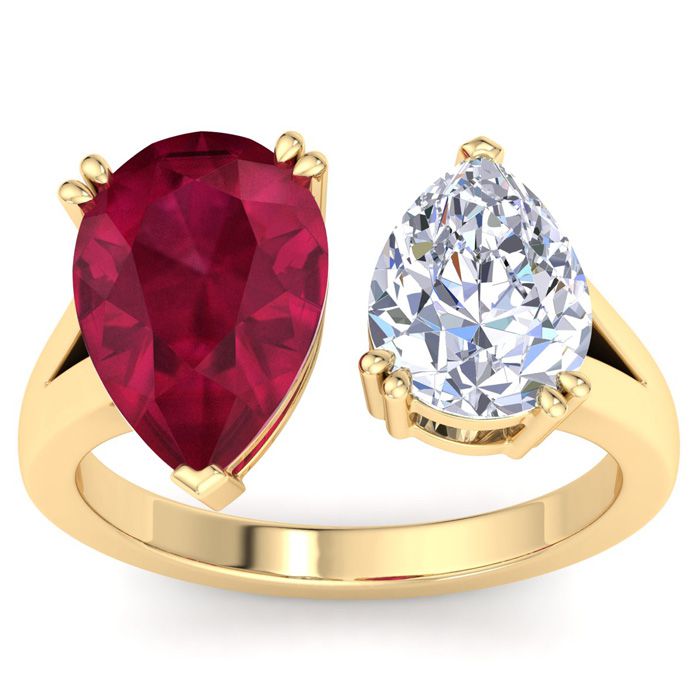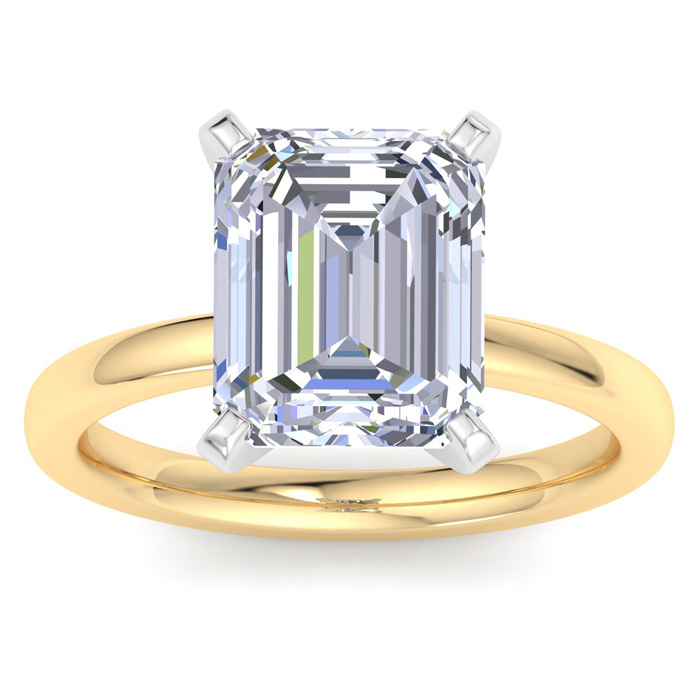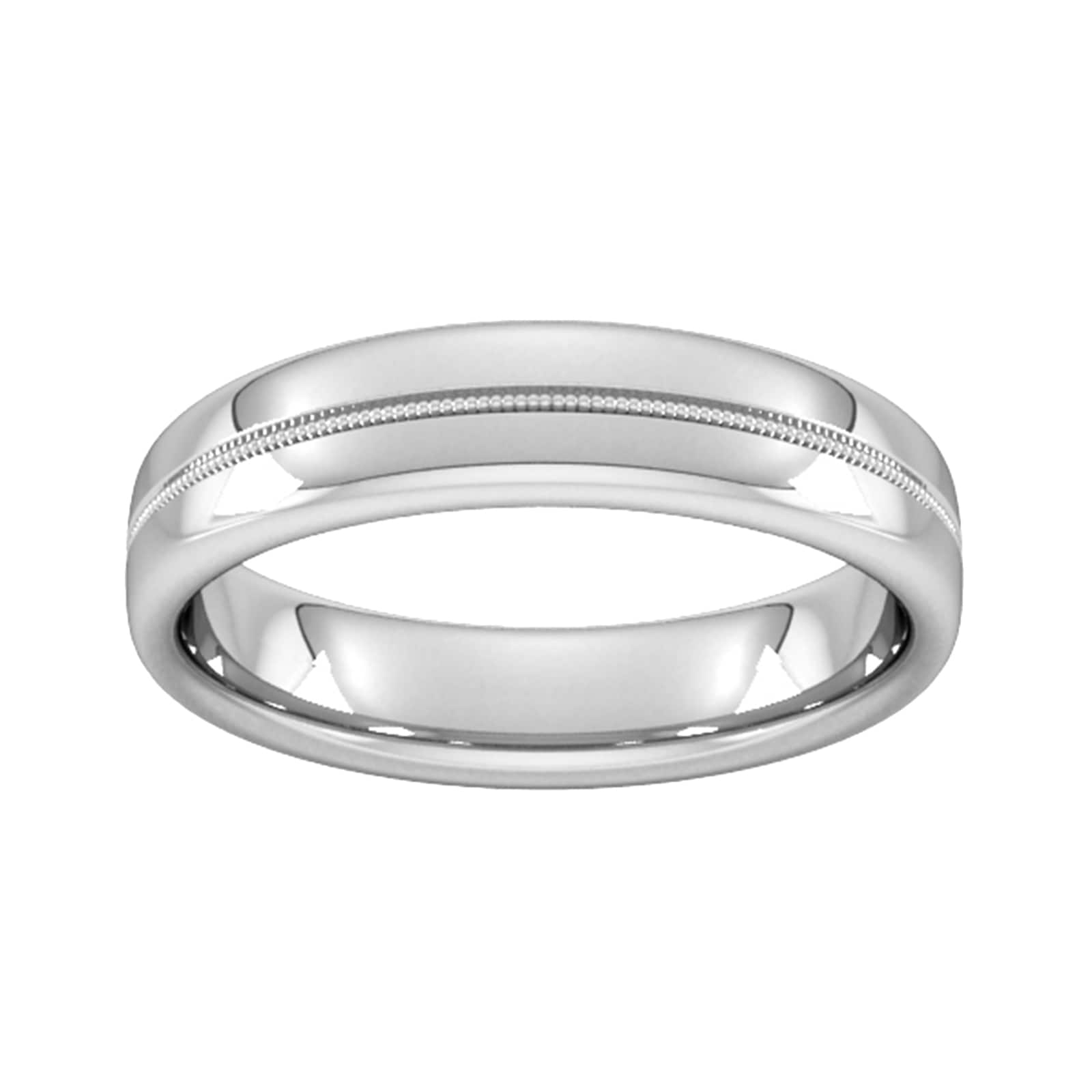
The exchange of engagement rings is a timeless and cherished tradition, imbued with profound symbolism that represents the binding commitments of love, devotion, and partnership. For centuries, engagement rings have stood as physical embodiments of a promise to enter into a lifelong journey of love and commitment, making them one of the most iconic symbols in relationships and marriage. The story of engagement rings is steeped in history, culture, and meaning, evolving over time to reflect the deep emotional connection between two people preparing to unite their lives. This article explores the significance of engagement rings as powerful symbols of commitment and love, their history, cultural relevance, and the intricate ways in which they communicate promises of fidelity, devotion, and a shared future.
Historical Origins of Engagement Rings
To understand the symbolism behind Engagement Rings Online, one must first delve into their historical origins. The tradition of exchanging rings as a symbol of commitment dates back thousands of years, with the ancient Egyptians often credited with introducing this custom. The Egyptians believed that a ring, with its circular shape and unbroken design, represented eternity and the endlessness of love. They exchanged simple bands made from materials like braided reeds and leather as tokens of their affection and unity. The circle, as a universal symbol of eternity, made the ring a fitting representation of the perpetual bond between two individuals.
The ancient Romans further shaped the tradition by introducing metal rings as a sign of a legal contract or promise between two people. Roman brides wore iron rings as symbols of strength and permanence in marriage. Over time, gold and silver rings began to replace iron as the materials of choice, signifying greater value and prestige. The Roman tradition also gave rise to the practice of wearing the engagement ring on the fourth finger of the left hand, believed to be directly connected to the heart by the "vena amoris" or "vein of love."
During the medieval period, engagement rings became more elaborate and precious, with gemstones like rubies, sapphires, and diamonds adorning the bands. These rings were not only a symbol of love but also a display of wealth and status. The diamond engagement ring, in particular, gained prominence in the late 15th century, when Archduke Maximilian of Austria presented a diamond ring to his betrothed, Mary of Burgundy. This event is often regarded as the origin of the modern tradition of giving diamond engagement rings, which are now synonymous with love, commitment, and marriage.
The Symbolism of the Ring’s Shape and Materials
The shape of the Diamond Engagement Rings—its continuous, unbroken circle—is perhaps the most universally recognized symbol of eternity. The never-ending circle represents the perpetual nature of love, with no beginning and no end. This concept of eternity is central to the symbolism of engagement rings and reflects the idea of an unbreakable bond between two people. By exchanging rings, couples symbolize their intention to stay connected and devoted to one another for the rest of their lives, through all challenges and joys that may come.
The materials used to craft engagement rings also carry significant symbolism. Diamonds, in particular, are considered a symbol of everlasting love due to their durability and strength. The phrase "diamonds are forever" has become synonymous with the unbreakable nature of true love, reflecting the enduring bond between partners. Diamonds, as the hardest naturally occurring material, symbolize the strength and resilience required in a lifelong partnership. Just as a diamond withstands pressure and remains brilliant, so too does love endure through trials and tribulations.
Other gemstones used in engagement rings also carry symbolic meaning. For example, sapphires represent loyalty and faithfulness, while rubies are associated with passion and desire. Emeralds symbolize renewal and hope, making them a fitting choice for couples looking to embark on a new chapter in their lives together. The choice of gemstone in an engagement ring can reflect the unique qualities of a couple's relationship, adding a personal layer of meaning to the symbol of their commitment.
Engagement Rings as Symbols of Commitment
At the heart of the Engagement Rings For Women is its role as a symbol of commitment. When a person proposes with an engagement ring, they are making a public declaration of their intent to spend their life with their partner. This gesture goes beyond a mere promise—it is a binding commitment to be faithful, supportive, and loving throughout the relationship. The engagement ring is a physical representation of this promise, worn as a constant reminder of the mutual commitment shared between the couple.
In many cultures, the giving and receiving of an engagement ring signify a transition from dating or courtship to a more serious, permanent phase of the relationship. The ring serves as a marker of this transition, signifying that the couple is preparing to enter into marriage, a lifelong partnership built on trust, respect, and love. The act of giving an engagement ring also carries a sense of responsibility, as the person offering the ring is pledging to honor their partner and uphold the vows they will make on their wedding day.
The wearing of the engagement ring on the fourth finger of the left hand—believed by the ancient Romans to be connected to the heart—further emphasizes the emotional and personal significance of this symbol. The placement of the ring on this finger is not only a nod to tradition but also a way of expressing the deep emotional connection between two people. By wearing the engagement ring, individuals showcase their commitment to their partner to the world, signaling that they are taken and engaged in a lifelong journey of love.
Love and Engagement Rings are Personal Expression
While engagement rings are often seen as symbols of commitment and love on a universal level, they also hold deeply personal meaning for each couple. The choice of ring design, gemstone, and style can reflect the unique dynamics of the relationship, allowing couples to express their love in a way that feels authentic to them. For some, a simple band without embellishments may signify the purity and simplicity of their bond, while for others, an intricate ring adorned with diamonds and gemstones may represent the richness and complexity of their love story.
The personalization of Engagement Rings For Men has become increasingly popular in modern times, with many couples opting for custom-designed rings that reflect their individual personalities and tastes. Some may choose to incorporate meaningful symbols into the design, such as engravings of initials, important dates, or even cultural symbols that resonate with their relationship. Others may select non-traditional gemstones or metals that hold special significance to them, creating a ring that is uniquely theirs.
The ability to personalize an engagement ring adds a layer of intimacy to its symbolism, making it not just a generic symbol of love but a deeply personal one. Couples can infuse the ring with their own stories, values, and memories, ensuring that it represents not only their commitment to each other but also the unique qualities of their relationship. In this way, engagement rings become more than just material objects—they become tangible representations of a couple's journey together, filled with personal meaning and emotion.
Cultural Variations and Modern Trends
While engagement rings are a universally recognized symbol of commitment and love, their meaning and significance can vary across different cultures. In some cultures, engagement rings are not as prominent or may take different forms, while in others, they hold immense cultural and social significance. For example, in many Western cultures, diamond engagement rings are the norm and are often seen as a status symbol, representing both love and financial investment in the relationship. In other cultures, however, engagement rings may be made from different materials or may not be used at all, with other symbols taking their place.
In Indian culture, for example, the giving of Unique Engagement Rings is often accompanied by the exchange of other symbolic items, such as mangalsutras or gold bangles, which hold deep cultural significance. In traditional Chinese culture, engagement rings are not always a central part of the engagement process, and instead, gifts of jewelry or family heirlooms may be exchanged as tokens of commitment. These cultural variations highlight the diversity of ways in which love and commitment can be symbolized, with engagement rings being just one of many potential symbols.
In recent years, modern trends have also begun to shape the way engagement rings are viewed and used as symbols of commitment. Non-traditional rings, such as those made from alternative materials like wood, silicone, or recycled metals, have gained popularity among couples looking for sustainable and eco-friendly options. Ethical concerns surrounding the sourcing of diamonds have also led to the rise of lab-grown diamonds and conflict-free gemstones as alternatives to traditional diamond rings.
Another modern trend is the shift toward gender-neutral engagement rings, reflecting the changing dynamics of relationships and the growing recognition of diverse forms of love and partnership. In same-sex and non-binary relationships, engagement rings are often chosen with a focus on personal meaning rather than traditional gender roles, allowing couples to select rings that best represent their unique bond. This shift toward inclusivity and personalization has expanded the meaning of engagement rings, making them a symbol of love and commitment for all couples, regardless of gender or sexual orientation.
The Timeless Appeal of Engagement Rings
Despite the many changes in style, culture, and tradition, engagement rings remain a timeless and enduring symbol of love and commitment. Their significance lies not in their material value or appearance, but in the emotional weight they carry as symbols of a couple's promise to each other. Whether simple or elaborate, traditional or modern, engagement rings serve as constant reminders of the love, devotion, and commitment that form the foundation of a lasting relationship.
The tradition of exchanging Engagement Rings Sets has stood the test of time because it resonates with a deep human desire for connection and partnership. The ring is more than just a piece of jewelry—it is a physical manifestation of the emotional bonds that tie two people together. It represents a shared future, a promise to stand by each other's side through thick and thin, and a commitment to building a life together based on love, trust, and mutual respect.
Engagement rings are powerful symbols of commitment and love, steeped in history, culture, and personal meaning. From their ancient origins to their modern-day significance, these rings continue to represent the eternal nature of love and the enduring promise of a shared life. Whether worn as a simple band or adorned with precious gemstones, engagement rings hold a special place in the hearts of couples, reminding them of the love and commitment they have pledged to each other.


